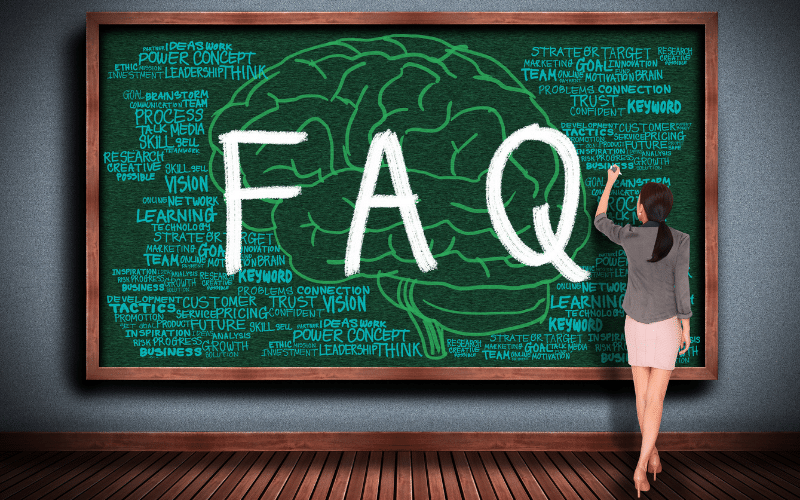FAQs on Cholecystitis

What are the early signs of cholecystitis?
Early signs of cholecystitis can include sharp pain in the upper right abdomen, particularly after eating a fatty meal, along with nausea, vomiting, and fever. These symptoms may be accompanied by bloating and jaundice (yellowing of the skin or eyes).
Can I prevent cholecystitis through dietary changes?
Yes, dietary habits can influence the risk of developing cholecystitis. A balanced diet low in fats and high in fiber can help reduce the risk of gallstone formation. Additionally, staying hydrated and maintaining a healthy weight are also beneficial in preventing gallbladder problems.
How is cholecystitis different from other gallbladder conditions?
Cholecystitis specifically refers to the inflammation of the gallbladder, often due to a blocked bile duct, while other conditions like gallstones pertain to solid particles that develop in the gallbladder. While gallstones can lead to cholecystitis, not everyone with gallstones will develop inflammation.
Is surgery the only solution for cholecystitis?
While surgery to remove the gallbladder (cholecystectomy) is a common treatment, especially for recurrent or severe cases, mild instances of cholecystitis may be treated with pain relief and antibiotics. However, it’s essential to consult with a doctor to determine the best course of action.
What is the recovery process post-gallbladder removal?
After a cholecystectomy, most patients can return to their normal activities within a week, though some might need more time. Dietary adjustments, particularly a low-fat diet, are recommended initially, with a gradual reintroduction of foods. Long-term, most individuals can eat a normal diet without the gallbladder.
Conclusion: Reflecting on Cholecystitis Insights
Cholecystitis is not just another medical term; it’s a complex condition that can have profound effects on an individual’s health and well-being. Rooted in the gallbladder’s inflammation, its causes span from gallstones to infections, making early detection and understanding of its various facets paramount. With symptoms that can range from mild discomfort to severe pain and potential complications like gallbladder rupture and gangrene, it’s evident that cholecystitis demands attention, awareness, and proactive management. Diet, lifestyle, and regular medical check-ups play an instrumental role in preventing and managing this condition, emphasizing the need for a holistic approach to gallbladder health.
Moreover, as we navigate the intricacies of cholecystitis, it’s crucial to recognize the medical advancements and the plethora of information available today. From detailed diagnostics to a range of treatment options, the medical field is better equipped than ever to tackle cholecystitis head-on. However, personal responsibility, awareness, and education remain the primary defense lines. By staying informed and taking timely action, individuals can not only manage but also thrive, turning the challenges posed by cholecystitis into mere footnotes in their broader health narrative.